St. Margaret College Secondary School Verdala CCP Science students and History (option) students introduced to the making of Chinese Cloisonne
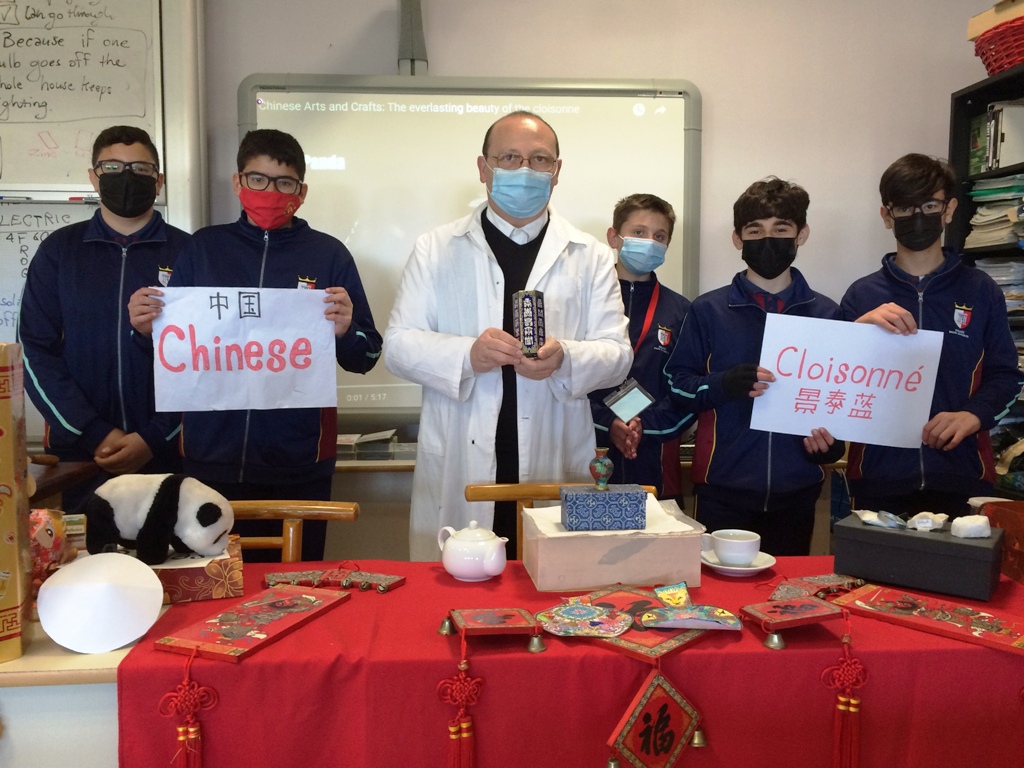
On Wednesday, 23rd March 2022, a group of Form 4 (Year 10) Core Curriculum Programme (CCP) Science students and a group of Form 3 (Year 9) History (option) students at St. Margaret College Secondary School Verdala, Cospicua were introduced to the making and history of Chinese Cloisonné. This project was related to the Science Study Unit about Metals and it was held on the China Corner which serves as a Montessori Method of teaching.
Cloisonné is a very famous metal handicraft in China and it consists of a method creating cells from thin strips of fine silver, copper, or fine gold, applying them to the surface of metal, then wet packing enamel into them and firing. Though in Chinese language, enamel is called ‘tángcí’ (搪瓷), cloisonné is referred to as ‘Jǐngtàilán’ (景泰蓝) after the name of the Chinese Emperor Jingtai. It was during the reign of Emperor Jingtai (1449-1457 A.D.) that the making of Chinese cloisonné reached its peak of production and quality making. During this time, Chinese enamelware was coloured mostly in blue and that is why we refer to it also as ‘Jingtai blue’.
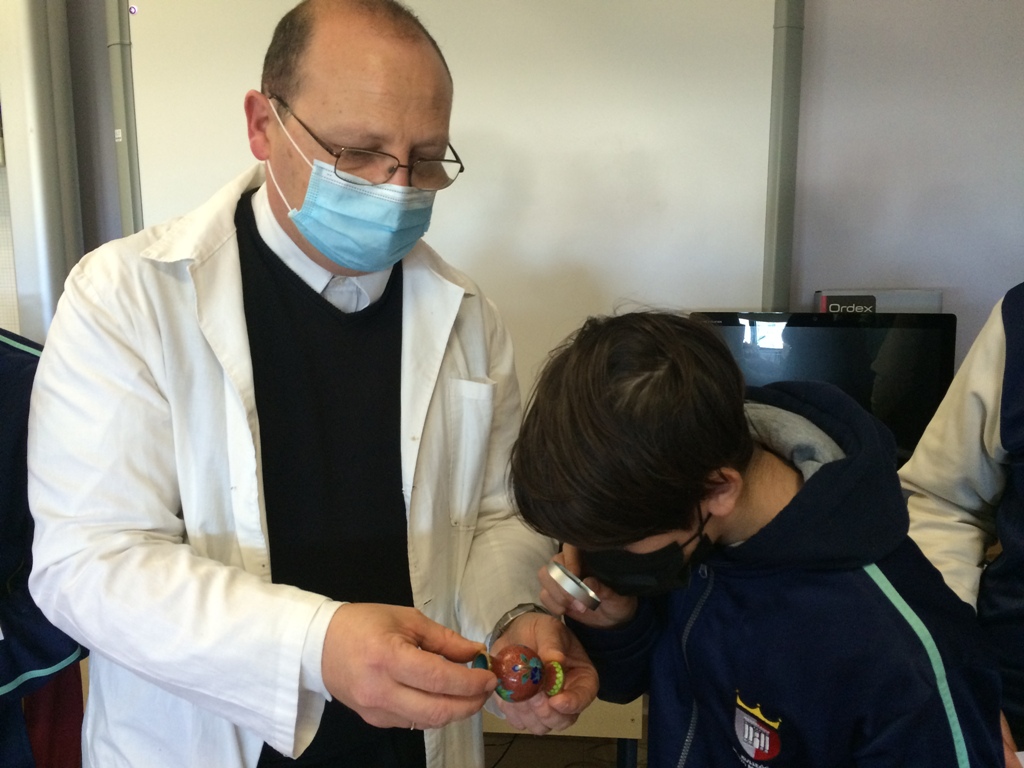
However, the production of Chinese cloisonné goes back to the Yuan dynasty (1206 – 1368 A.D.) but reached its peak during the Ming dynasty (1368-1644 A.D.). Legend has it that during the Yuan dynasty, a fire in the imperial palace destroyed many precious treasures but a Chinese cloisonné’ vase was found intact and still shining. Imperial officials assumed that the lost melted treasures of the palace turned into the cloisonné vase which was then offered to the emperor as a special gift. The emperor considered it as a gift of the gods and commissioned all the Chinese craftsmen in the capital city to learn the making method of cloisonné’ which was reserved only for the imperial court.
The cloisonné making process is a very complicated and delicate one. The first step is the casting of bronze or copper objects like vases, jars, bowls and other shapes. Nowadays copper is used to make the cloisonné body as it is easily made and hammered. In the filigree soldering process, copper strips measuring only 1/16 inches are placed onto the body to form the design. Then in the enamel filling process, basic elements are used to make different colours. Iron gives a grey colour, uranium gives a yellow colour, chromium gives a green colour, bronze gives a blue colour, zinc gives a white colour and gold or iodine gives a red colour. Normally craftsmen grind these elements into fine powders and then apply them to cloisonné. Then the cloisonné is fired and hardened but at this point enamel refilling is required because firing causes the sinking of the enamel. The product is then polished and fired again and again. The final product is then glazed with silver or gold liquid fluid to prevent rusting and after an electroplating process the cloisonné object is completed.
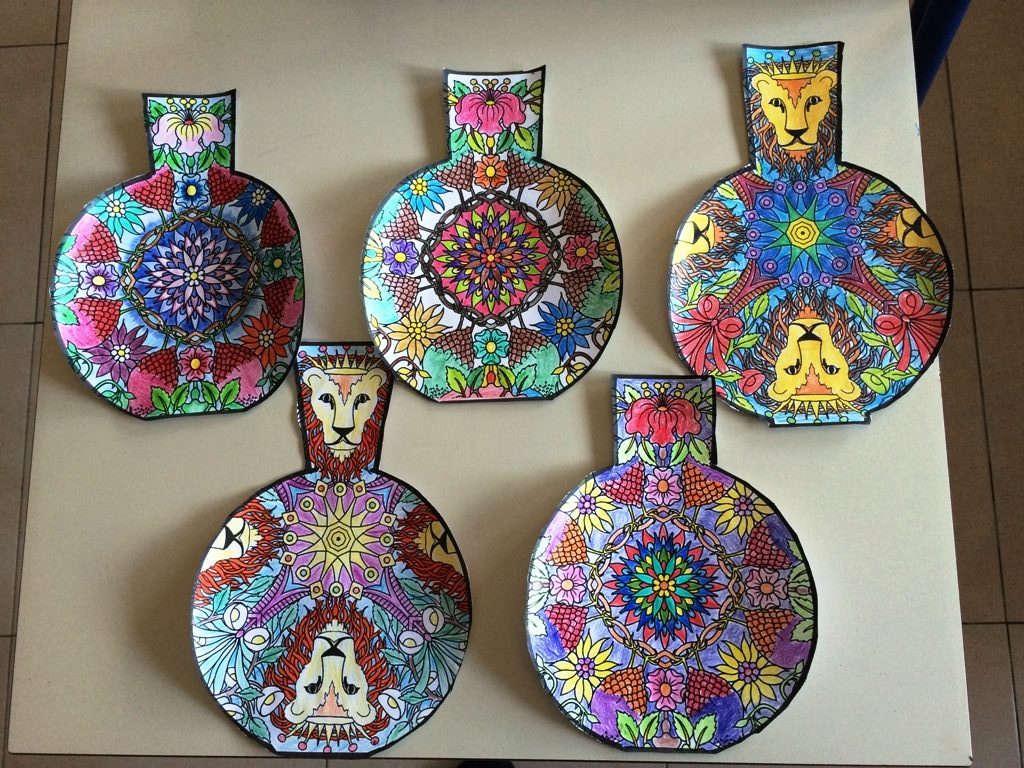
The quality of Chinese cloisonné declined in the 19th century as bronze or brass was no longer used and instead vessels were made out of light copper. Chinese cloisonné’ is very often confused with Canton enamel which is a type of hand painted enamel on copper without partitions to hold the colours separate.
Nowadays the so-called ‘Beijing cloisonné’ (with a history of 700 years) is famous worldwide for its elegant designs, sophisticated patters and beautiful colours. On the other hand, the antique Chinese cloisonné is of great value and if it dates back to Emperor Qianlong of the Qing dynasty it would be very expensive and not easy to find and buy. Ancient Chinese cloisonné wares are heavier than the modern ones and carry less motif designs.
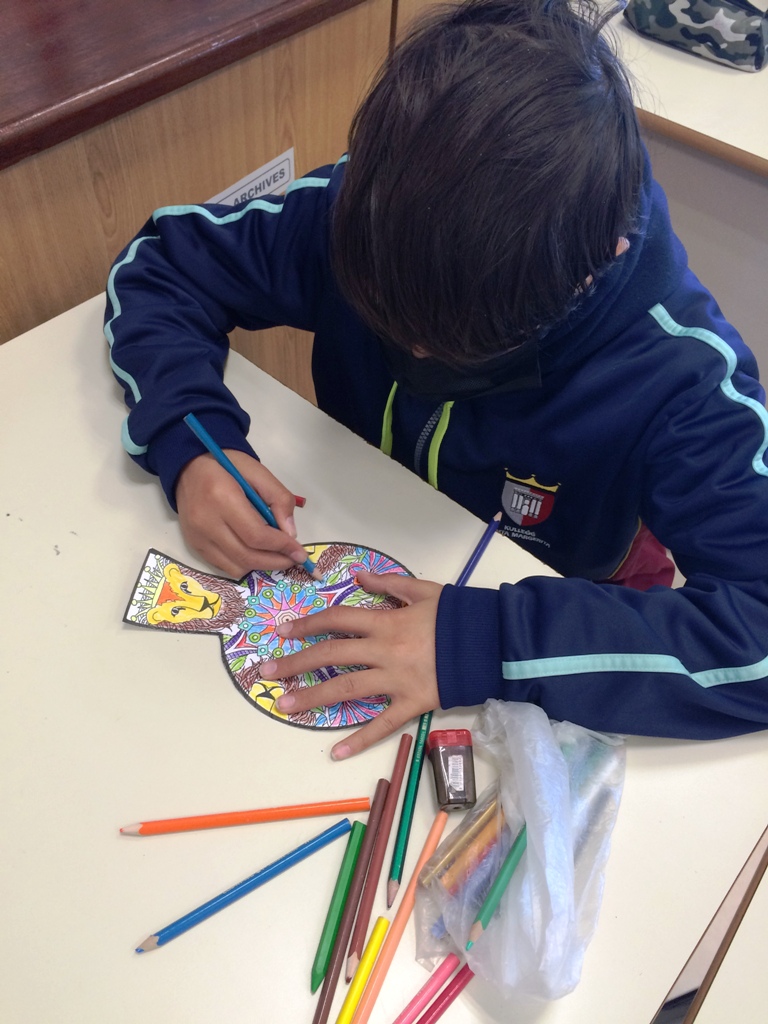
During this school project, students could see and admire a fine piece of Chinese cloisonné with beautiful designs made out of inlaid enamels in Beijing. They also watched a documentary about the everlasting beauty of the cloisonné (see: https://www.youtube.com/watch?v=b1NLJw5kfgQ). Then students expressed their creativity skills in drawing a cloisonné vase with Chinese motifs which will be presented to a manufacturer in China.
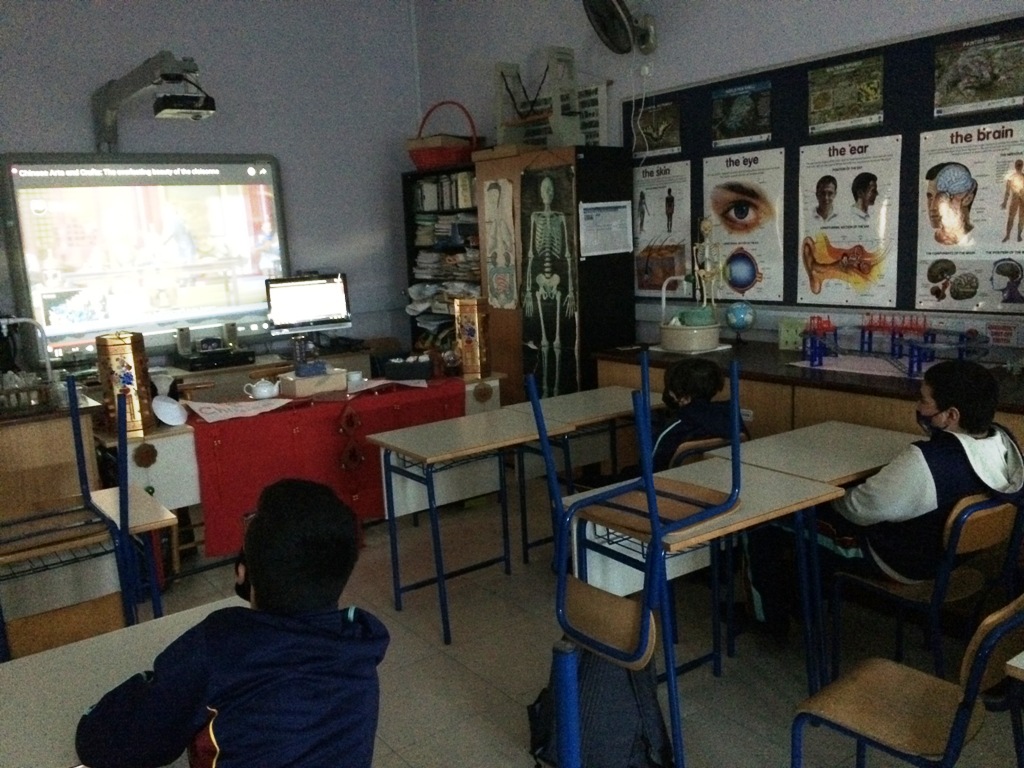
Teacher Martin Azzopardi sdc and his students offer thanksgivings to the Malta China Cultural Centre and the China Embassy in Malta for their continuous help and support in fulfilling these school study projects. Thanks also to class LSE Ms Charmaine Buhagiar for all her help and assistance throughout this project.
Written by
St. Margaret College Secondary School Verdala student; Gabriel Cordina with the help of the Senior Science teacher Martin Azzopardi sdc.
Photos Description
Photo 1 to 11 description:
St. Margaret College Secondary School Verdala Science CCP students; Santelli Gaetano, Sciberras Michael and Zammit Caydon together with their teacher Martin Azzopardi sdc studying the making of Chinese Cloisonné.

